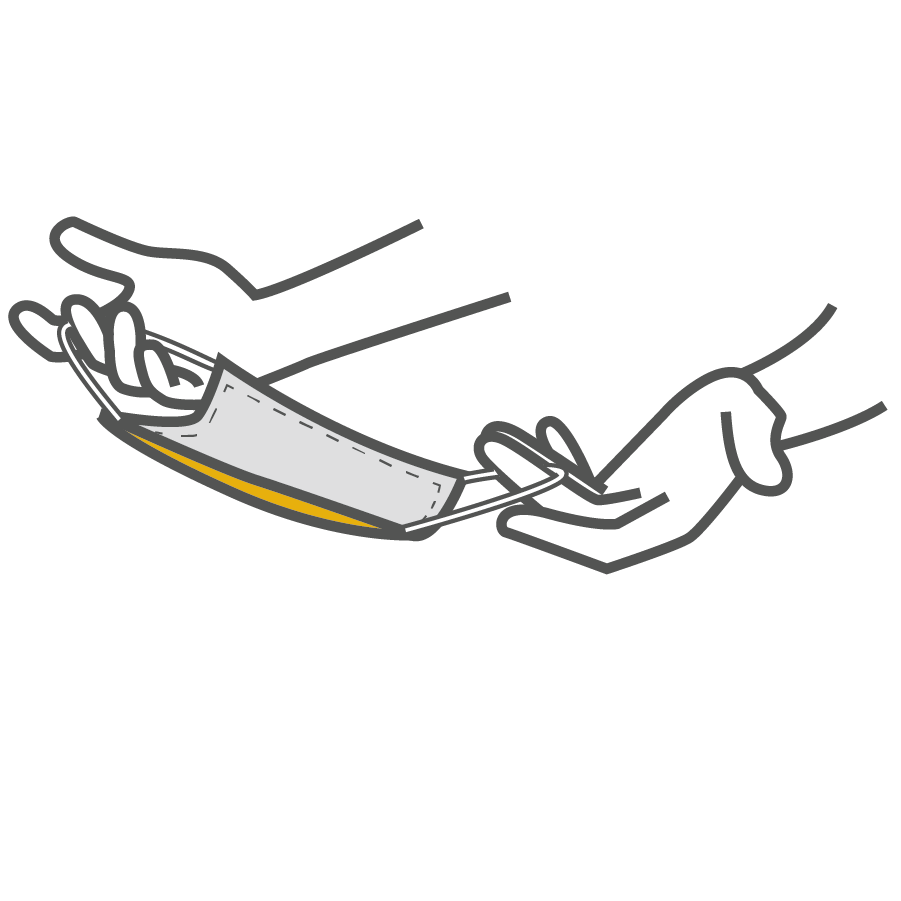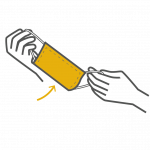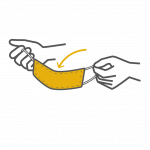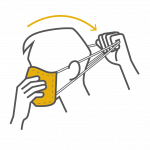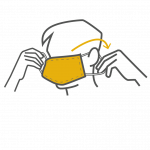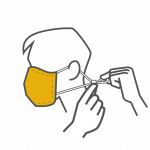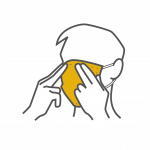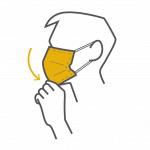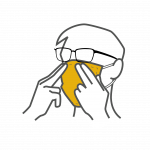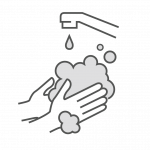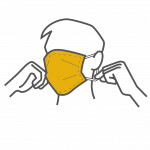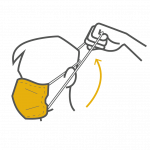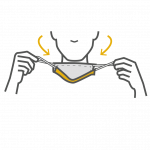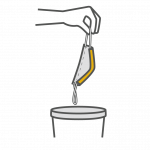While you can keep your own home clean and sanitized, going out to stores or public spaces increases the risk of contagion.
Commonly touched surfaces such as store counters and gas pumps can be contaminated if an ill person touched them before you. And while you should remember to keep your distance from others, you may unwittingly find yourself in the vicinity of ill individuals as you wait in line to buy basic necessities.
Wearing a face mask when going outside is helpful in protecting yourself and others from infection during an outbreak.
Face Masks

Face masks can help limit the spread of germs when an ill person talks, coughs or sneezes. By wearing these masks, ill persons can help prevent spreading disease to others.
Wear a face mask if you are ill with a communicable disease or suspect you are.
It is also important to know that you could be contagious without even realizing it. For example, a person may have germs in his body yet have no symptoms of illness. But someone else in contact with him can still get infected.
Hence you should always wear a face mask when around the elderly or persons with health problems to reduce the spread of germs.
Also wear a face mask if you are likely to come in contact with infected persons.
A mask can serve another purpose—it can help prevent you from touching your mouth or nose.
For example, if you touch a surface that was contaminated by an ill person who touched it before you, germs will get onto your hands. If you then touch your nose or mouth with your hand, these germs will enter your body and infect you. This is one of the main ways germs can spread.
